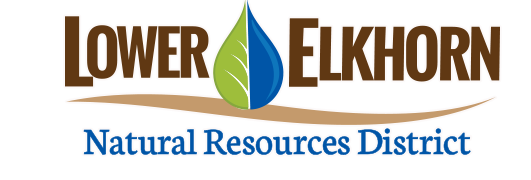35th annual Wonderful World of Water held in Pierce
/The 35th annual Wonderful World of Water festival was held earlier this fall at Gilman Park in Pierce. Sixteen teams of ninth and tenth grade students from 8 schools across Northeast Nebraska descended upon the park for a day of outdoor hands-on activities and a chance to compete for championship honors.
The day began with registration at Gilman Park followed by the teams competing in a track of hands-on activities focusing on water quality and other natural resources related issues. The teams were then quizzed regarding those sessions to accumulate points for the competition. Following the educational sessions, the teams were given one last chance to extend their point totals by participating in the Dripial Pursuit Trivia Game. Then while the final totals were being calculated each team was given the opportunity to participate in the Wonderful World of Water special project.
The special project was Water Rockets, which is a program taught through the Jr. Academy of Sciences. Each school was invited to build water rockets and demonstrate their knowledge of mass, velocity and engineering. The rockets were judged on distance and creativity. Several rockets were launched Wednesday with Pierce High School Team 2 first for Farthest Distance Traveled; Elgin Public High School Team 1 recognized for Shortest Distance Traveled; and Wausa High School with the Most Creative Design.
Following the presentation of the special projects, the winners of the 2024 Northeast Nebraska Wonderful World of Water were announced. The winner of Track 1 was Pierce High School Team 1 consisting of Josie Painter, Raleigh Pfeiffer, Nora Herian, Adrienne Riggert, Jada Brummels and Jessica Suckstorf. The winning team from Track 2 was Pierce High School Team 2 consisting of Aiden Pospisil, Brandon Thomsen, MaKayla Shefl, Haley Scholting, Isabelle Streff and Maya Johnson. First Place teams were awarded Wonderful World of Water T-shirts to commemorate their victories.
Schools participating in this year’s event included Bancroft-Rosalie High School, Pierce High School, Elgin High School, Wausa High School, Allen High School, Lutheran High Northeast High School, Emerson-Hubbard High School and Osmond High School.
The Wonderful World of Water program would not be possible without our many natural resources professionals from across the area who volunteer their time each year to share their expertise; and work with students who might be interested in a career related to natural resources. They come from a variety of agencies including: The Department of Natural Resources, The Natural Resources Conservation Service; Nebraska Extension; Nebraska Game and Parks; Papio-Missouri River NRD; Upper Elkhorn NRD, Lewis & Clark NRD, Lower Niobrara NRD and, Lower Elkhorn NRD. The Wonderful World of Water was sponsored this year by the Upper Elkhorn NRD; Lower Elkhorn NRD; Lower Niobrara NRD; Lewis and Clark NRD; and Nucor.
Pierce High school team 1
Pierce High school Team 2











